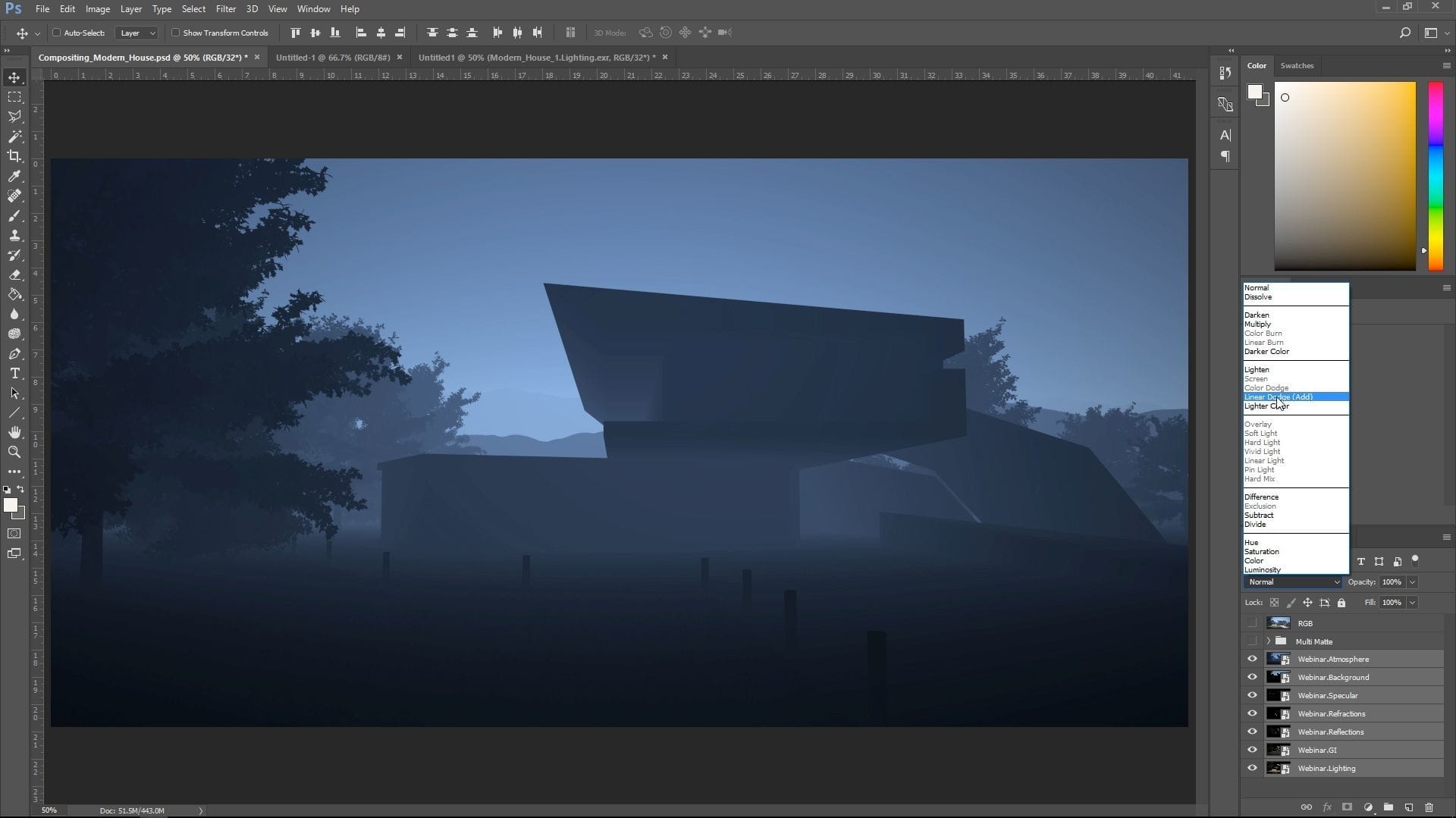

Also, watch out for Silhouette, it uses the View, not the construction plane! (I've never quite understood why.) Lastly, there are some types of transformation operations that use the active construction plane as a reference, notably Project and trimming with apparent intersections (including trimming a surface with some types of curves – but watch out for planar curves, they act perpendicular to their principal plane and ignore the construction plane!). In that case, it's the first two picks that determine the construction plane orientation. Other types of 3D geometry also use the construction plane as reference, such as things like a box or a sphere that use XYZ coordinates.

You can also use multiple viewports to create planar geometry, in which case, it's normally the construction plane of the viewport where last pick point is made that will determine the creation direction. However, you can force Rhino to create geometry off the construction plane if you enter a Z coordinate, or Osnap to something off the construction plane. Planar geometry will by default be created on the active construction plane if you pick points (no Osnaps) or enter XY coordinates only. Now, about when construction planes come into play… Otherwise, once you change your construction plane in a particular viewport, it remains that way for that viewport (even if you switch to another) until you change it again or close the file. Note that the Named View sets CPlane option is only activated on initialization and when you reset your viewports (such as doing a 4View twice). The grid (don't use it) and the grid axes are your indicators of where the construction plane is currently located. V3 even allows one to easily change construction planes in the middle of many commands. I have a set of buttons which allow me to flip the construction plane around easily while working in the maximized perspective viewport, which I do most of the time. Personally, I use the Named View sets CPlane option in the 3 ortho viewports as well as using independent construction planes in the Perspective viewport (a lot of people work this way). Some people like to work this way, and with a bit of effort, you can also set Rhino up to work this way, even in multiple viewports. The construction plane remains constant, no matter what view of the model you have. In this situation, there is really only one logical choice – disassociate the viewport and the construction plane and change them independently.

It's a lot simpler, for example, in a program which only has one viewport visible at a time, like my CAM software. Many people model in Rhino without even thinking about construction planes. McNeel have approached this in their usual thoughtful way, letting users set up Rhino to work how they want, and having a set of default methods that is pretty intuitive and transparent to the user. Since Rhino allows you to work in multiple viewports (many programs don't), this poses a special set of problems with respect to construction planes and allows some unique opportunities. Otherwise it would be very difficult to work. All 3D CAD programs have this in one form or another.
#Change picframe opacity rhino how to#
I kinda think having different construction planes for each viewport allows me to never think about construction planes or how to manage them so that's why I choose to not use that option.Īs previously mentioned, a construction plane is simply a set of reference axes (X,Y,Z) which Rhino will follow when creating certain types of geometry (more later on that). Most other CAD programs only have one construction plane set for the whole model so that option is for those who are used to that sort of thing. The named views set cplanes option is for those who don't want Rhino to have a different construction plane for each viewport. Drawing commands usually use the construction plane coordinates when you draw but you can use world coordinates instead by using a “w” before specifying the point like (w0,1,2) Z is always moving toward you (out of the monitor). X is always horizontal and Y is always vertical. In Rhino, each viewport has its own construction plane. Since the monitor/screen is two-dimensional, it's easy to tell Rhino the x,y-coordinate of something you're drawing, but the z value is not possible to know so a construction plane is referenced and the z value is on the plane. ~mbĪ CPlane (construction plane) is simply an imaginary plane that you do your drawing on. I added it here so it can be further commented on. Note: This information is derived from several newsgroup posts from the past.


 0 kommentar(er)
0 kommentar(er)
